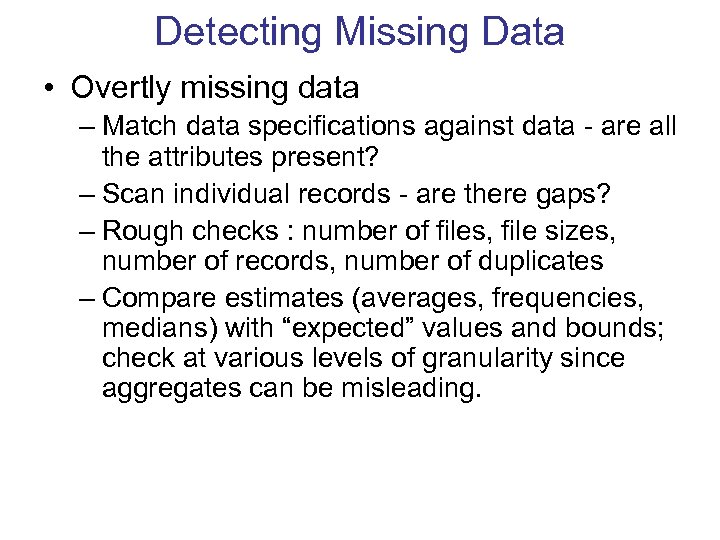


Professor Dixon also provided some written comments that the discussion incorporates. The following discussion of this topic incorporates material presented by Robb Dixon of the School of Management and Rob Schadt of the School of Public Health at CEIT workshops. Supporting data, which can range from data tables to links to URLs, quoted statements or testimony, supporting documents, images, video, or audio.Ĭase assignments can be done individually or in teams so that the students can brainstorm solutions and share the work load.A description of the problem’s context (a law, an industry, a family).A decision-maker who is grappling with some question or problem that needs to be solved.

Most “full-blown” cases have these common elements: Requirements can range from a one-paragraph answer to a fully developed group action plan, proposal or decision. Most case assignments require students to answer an open-ended question or develop a solution to an open-ended problem with multiple potential solutions. Whether to use a simple scenario-type case or a complex detailed one depends on your course objectives. Cases come in many formats, from a simple “What would you do in this situation?” question to a detailed description of a situation with accompanying data to analyze. The use of case studies can therefore be a very effective classroom technique.Ĭase studies are have long been used in business schools, law schools, medical schools and the social sciences, but they can be used in any discipline when instructors want students to explore how what they have learned applies to real world situations. Many students are more inductive than deductive reasoners, which means that they learn better from examples than from logical development starting with basic principles.


 0 kommentar(er)
0 kommentar(er)
